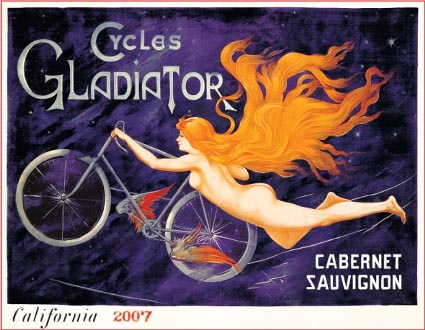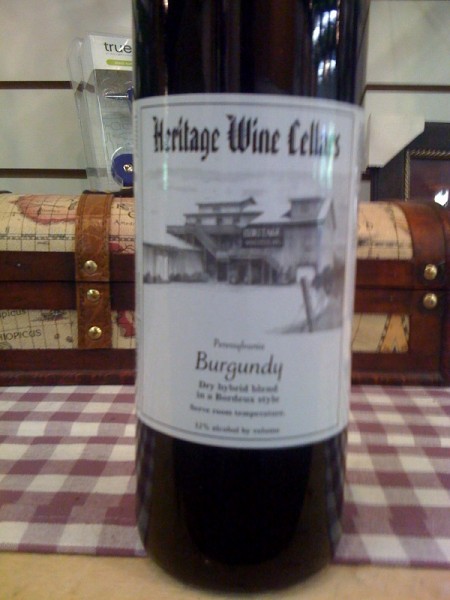Richard Best was at the last Cuvée event and had these observations (in his Frugal Oenophile Wine Newsletter) about the current and potential values coming from Ontario’s wineries in the Niagara peninsula:
Niagara has the perfect terroir for Gamay, and yet only one Gamay appeared at this tasting. Every Gamay I’ve had from Niagara has easily bettered its counterparts from Beaujolais, and at a much better price. Attention grape growers: Please plant more Gamay.
Despite the hype and rumours, Niagara is still a bit of a way from consistently producing world-class Pinot Noir. There are occasional stellar wines, but too often I find Ontario Pinot underpowered, almost skeletal, and disappointingly tasteless.
Cabernet is still hit-and-miss. Our climate may be too cold, and the growing season is definitely too short to always ripen this demanding grape. It can be done, but ripe Cab in Niagara is the exception, not the rule.
An interesting marker for Niagara Chardonnay is “skunk”. Like cat’s pee in Sauv Blanc, coal oil in Riesling and barnyard in Pinot, a bit of skunk in a high quality Chard is quite appealing.
Speaking of Chard, Niagara is a great Chardonnay region. Not good; not very good; GREAT. Our winemakers routinely turn out Chardonnay that rivals the best in the world, and they do it year after year.
I certainly agree with Richard on the Gamay: I’ve never had a Beaujolais that was better than Chateau des Charmes’ Gamay Droit (in any vintage). He’s also spot-on with the Pinot observations, as there have been some amazing Pinot Noir values, but it’s still not consistently great . . . Flat Rock and Cave Springs seem to be able to produce the most consistent quality at the moment.
Ontario Cabernet Franc, with the slightly earlier harvest time, is more likely to be fully ripe than the Cabernet Sauvignon, especially in a year like this, with only a brief hot spell at the end of the growing season. With Cabernet blends and Meritages, you do tend to get what you pay for, at least in the $15-$30 range . . . there’s not much available under that price that’s worth the money. Kacaba, Strewn, and Daniel Lenko have some excellent wine (although Lenko tends to be at the higher end of the price scale).
Even though it’s out of style, I still love well-oaked Chardonnay. There’s something magical about what oak does to good quality Chardonnay grapes. I’m not fond of unoaked Chardonnay, but put that same grape juice into oak barrels and I’m interested. Most of the wineries in Niagara and on the Beamsville Bench can produce excellent Chardonnay pretty much every year. You can’t go too far wrong . . . and perhaps because it’s common, the wineries don’t mark up the price as much as they sometimes do with their Cabernet-based wines.
To subscribe to Richard’s newsletter, send an email to “newsletter@frugal-wine.com” with the word “SUBSCRIBE” in the subject line.





